Introduction to Organic mulching
Mulching is a common practice used by farmers and gardeners to improve soil health and plant growth. It involves covering the soil with a layer of material to protect and nourish it.
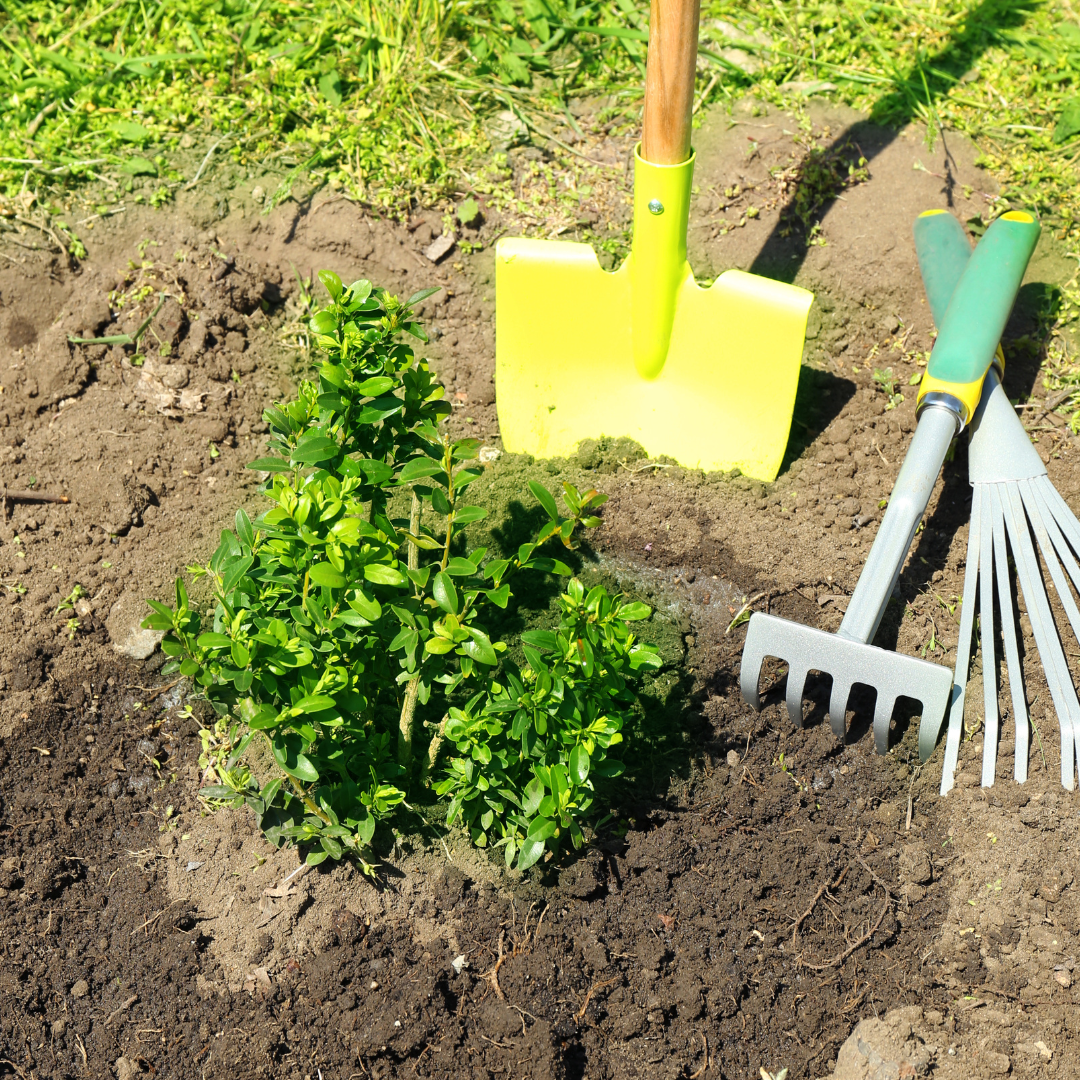
Organic mulching, in particular, refers to using natural materials like leaves, straw, grass clippings, or compost. This method has many benefits, from improving soil quality to conserving moisture.
In this guide, we will explore how organic mulching helps soil health and why it is essential to sustainable farming.
What Is Organic Mulching?
Organic mulching involves covering the soil with natural materials that decompose over time. These materials break down slowly, adding nutrients back to the soil.
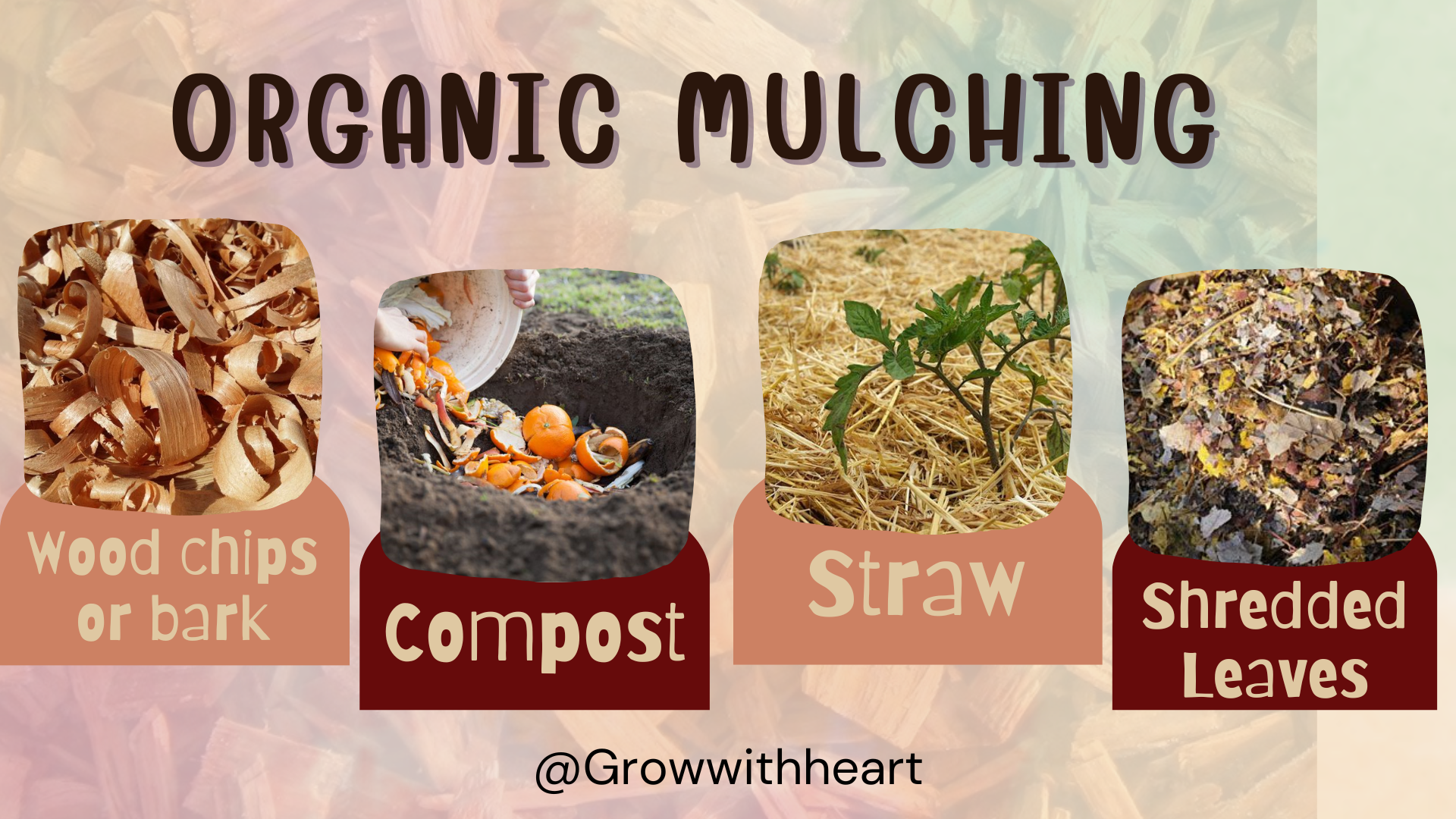
Organic mulching also helps create a protective barrier on the surface, keeping the soil cooler and moist.
Some common organic mulching materials include:
- Straw
- Grass clippings
- Leaves
- Bark chips
- Compost
These materials are easy to find and affordable, making them a practical solution for farmers who want to enhance soil health naturally.
How Organic Mulching Benefits Soil Health
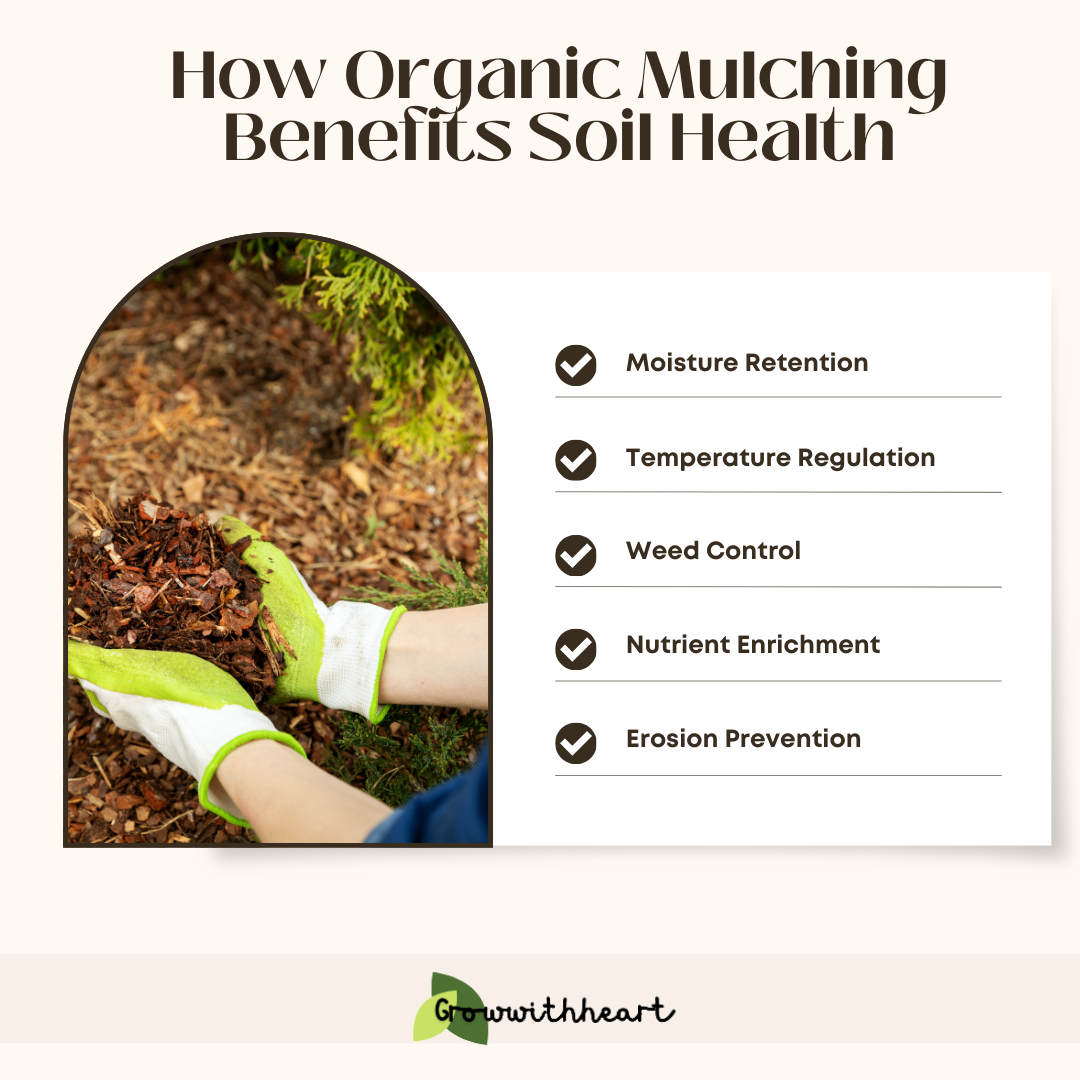
- Moisture Retention Organic mulch acts like a sponge, absorbing and holding moisture in the soil. It prevents water from evaporating too quickly, keeping the soil moist for longer periods. This is particularly important during dry seasons or in areas with limited rainfall.
- Temperature Regulation Mulch acts as a barrier between the soil and the sun. It helps keep the soil cooler in hot weather and warmer in cooler seasons. By maintaining a stable soil temperature, it promotes healthy root growth, which is essential for strong plants.
- Weed Control One of the major benefits of mulching is weed control. A thick layer of organic mulch blocks sunlight from reaching the soil, preventing weed seeds from germinating. This reduces the need for chemical herbicides, making organic mulching an eco-friendly way to manage weeds.
- Nutrient Enrichment As organic mulch breaks down, it adds valuable nutrients to the soil. This improves soil fertility, encouraging better plant growth. The natural decomposition process also helps create humus, which enhances soil structure and improves its ability to retain water.
- Erosion Prevention In areas prone to erosion, organic mulch helps protect the soil from being washed or blown away. The mulch forms a protective layer that reduces the impact of heavy rain and wind, keeping the soil in place.
Types of Organic Mulch
There are several types of organic mulch, each with its own benefits. Below are some of the most common types used in farming and gardening:
1. Straw
Straw is an excellent organic mulch for controlling weeds and retaining soil moisture.
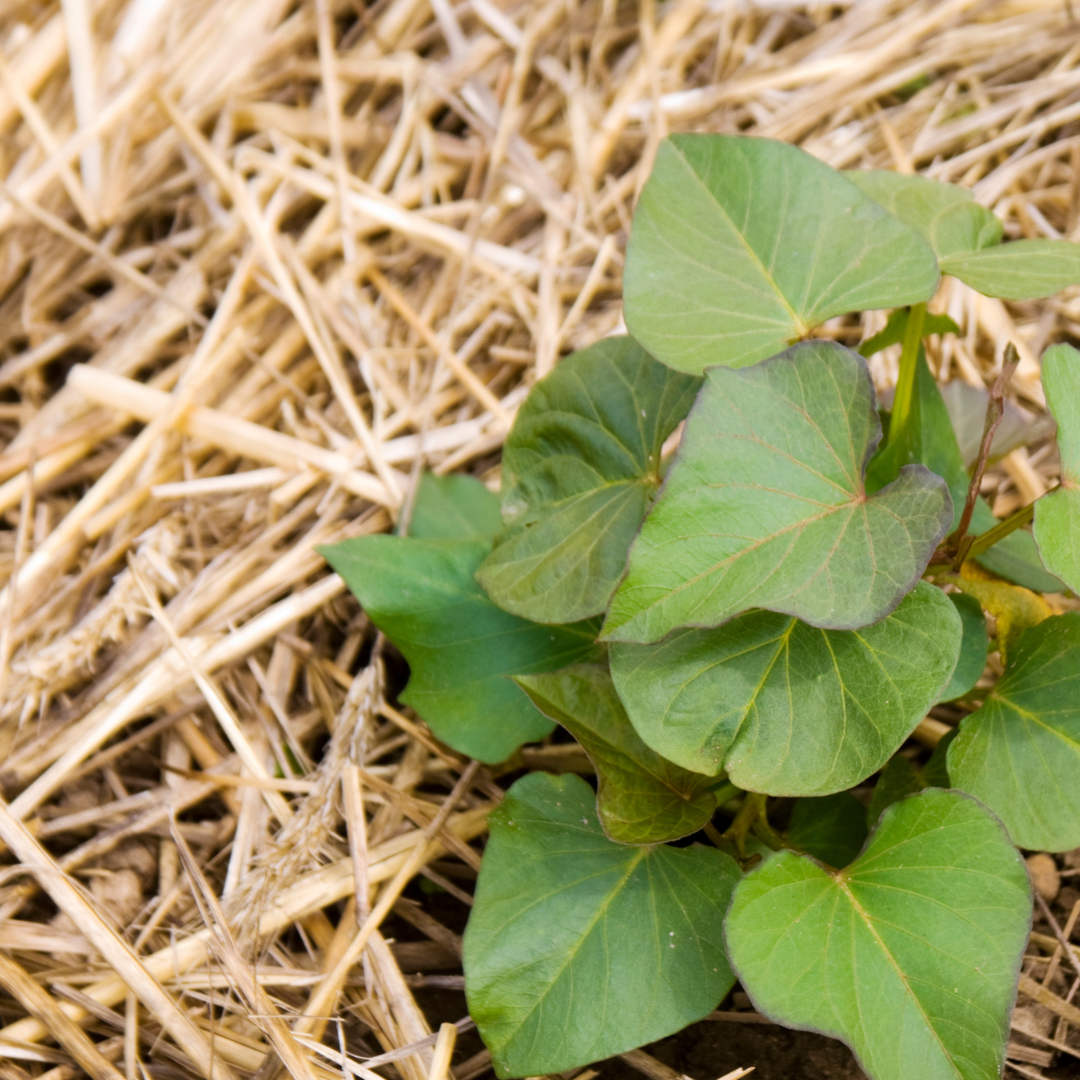
It is lightweight, easy to spread, and breaks down slowly, providing long-lasting benefits to the soil. However, it is important to use clean straws to avoid introducing weed seeds to your soil.
2. Grass Clippings
Grass clippings are a readily available mulch that works well for moisture retention and weed control. They break down quickly, releasing nitrogen into the soil, which promotes plant growth.

Be sure to use dry grass clippings, as wet clippings can clump together and form a mat that may hinder water penetration.
3. Leaves
Leaves are a free and abundant source of organic mulch, especially in the fall. When shredded, they make an excellent mulch for flower beds and vegetable gardens.
Over time, leaves break down and improve soil structure by adding organic matter.
4. Bark Chips
Bark chips are a more decorative option for mulching, often used in landscapes. While they decompose more slowly than other types of mulch, they still provide good moisture retention and weed control.
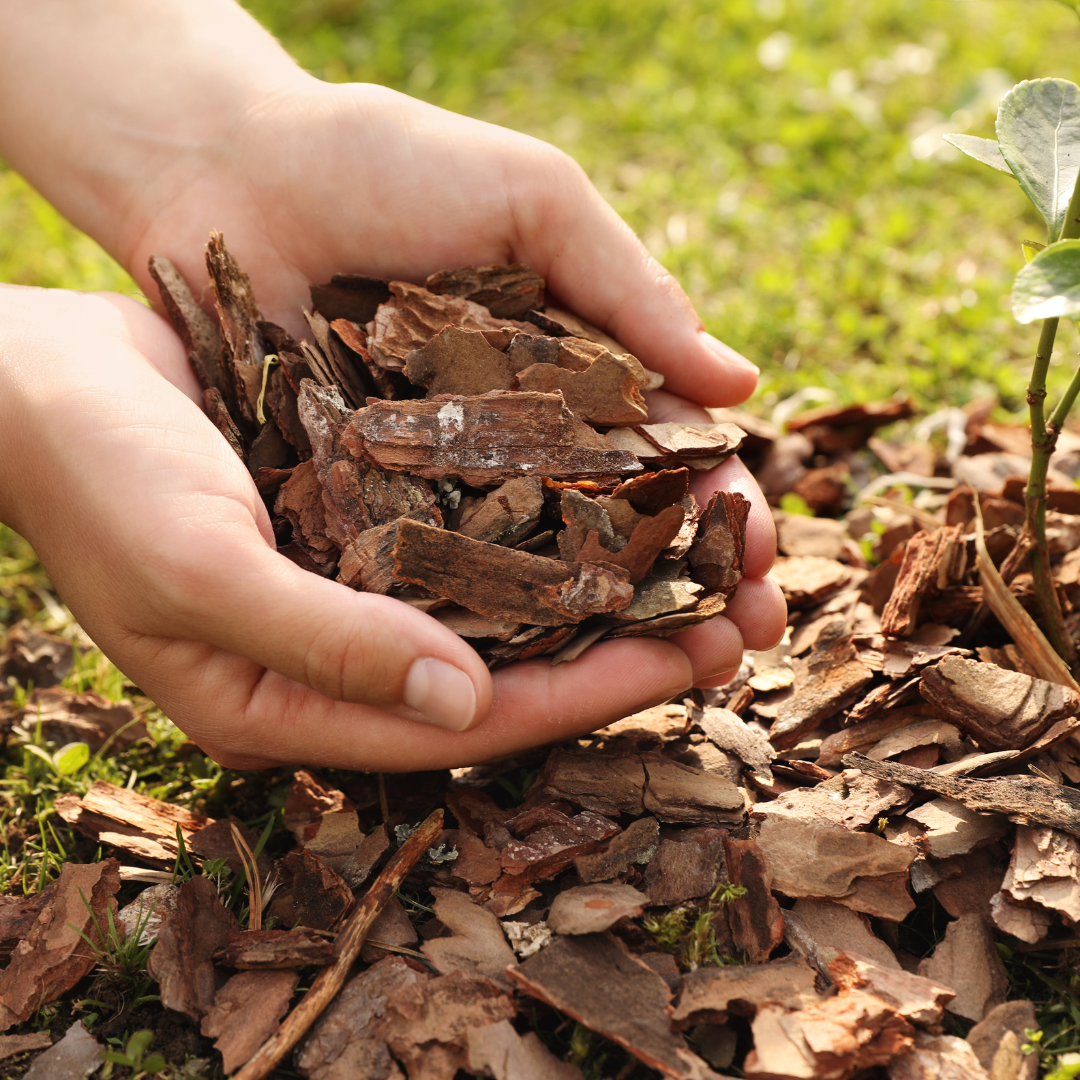
Bark chips are best used in areas with established plants, as they are less suitable for vegetable gardens.
5. Compost
Compost is one of the richest forms of organic mulch. It adds nutrients to the soil while also improving its texture and structure. Compost helps promote the growth of beneficial microorganisms that enhance soil fertility.
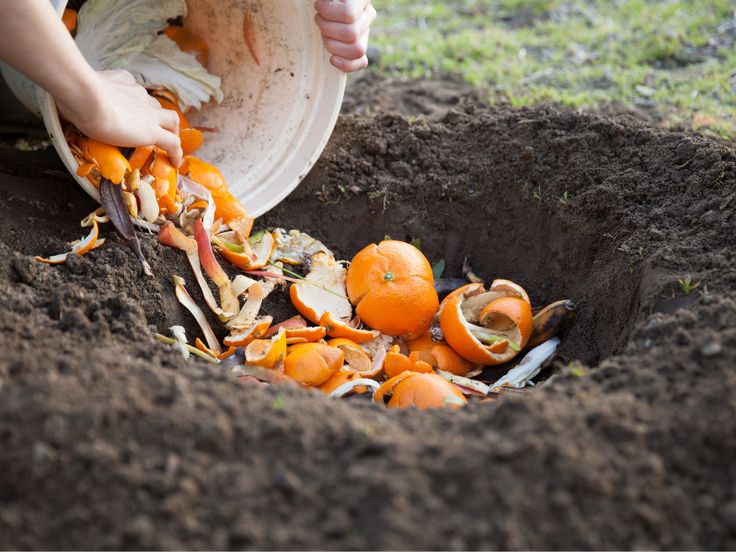
When used as a mulch, it provides an instant nutrient boost to plants and crops.
How to Apply Organic Mulch
Applying mulch is a simple process that requires only a few basic steps. Here’s how to do it:
- Prepare the Area Before applying mulch, clear the soil of any weeds, rocks, or debris. This will help the mulch layer work more effectively by evenly covering the soil.
- Spread the Mulch Spread a layer of mulch over the soil. For most types of organic mulch, aim for a thickness of about 2-4 inches. Be sure to keep the mulch away from the base of plants to avoid rot or fungal diseases.
- Reapply as Needed Organic mulch breaks down over time, so it’s important to reapply it when necessary. Add more mulch every few months or whenever the layer becomes too thin. This will ensure the soil continues to receive the benefits of organic mulching.
Best Practices for Using Organic Mulch
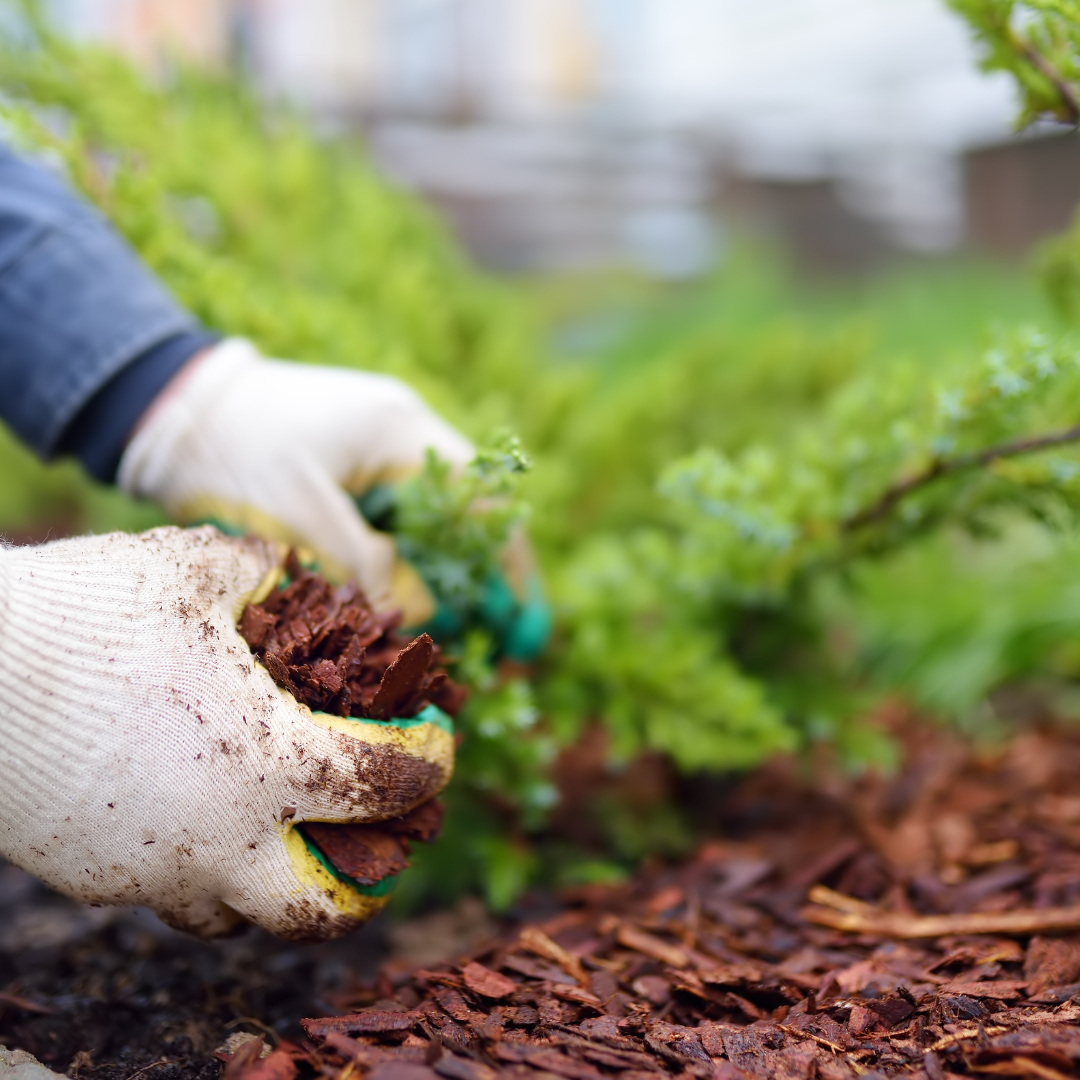
To get the most out of organic mulching, here are a few tips to keep in mind:
- Don’t Over-mulch: While mulch is beneficial, applying too much can create problems. A thick layer of mulch can prevent water from reaching the soil and cause roots to suffocate. Stick to the recommended thickness of 2-4 inches.
- Use Local Materials: Try to use locally available mulch materials. This reduces the environmental impact of transportation and ensures that the mulch is well-suited to your local climate.
- Monitor for Pests: While organic mulch is generally pest-friendly, it can sometimes attract insects or rodents. Keep an eye on the mulch and take action if you notice any unwanted visitors.
- Choose the Right Mulch for Your Needs: Not all organic mulches are the same. Choose the mulch that best suits your soil type, crops, and climate conditions. For example, straw is excellent for vegetable gardens, while bark chips are better for decorative landscaping.
Conclusion
Organic mulching is a simple, cost-effective way to improve soil health and boost plant growth. By using natural materials like straw, grass clippings, and compost, you can create a healthy, sustainable environment for your crops.
From moisture retention to weed control, the benefits of organic mulching are clear. By incorporating this practice into your farming routine, you can promote soil health while also reducing your reliance on chemical fertilizers and herbicides.
Start mulching today and watch your soil thrive!

Pingback: Top 8 Cost-Effective Methods to Improve Soil Health
Pingback: Low-Cost Techniques for Improving Crop Quality
Pingback: What is Zero Budget Natural Farming? A Beginner’s Guide